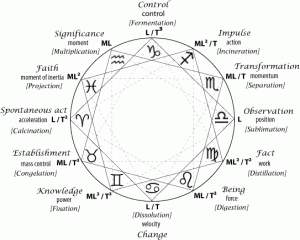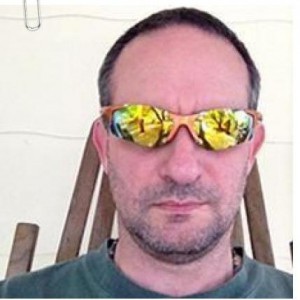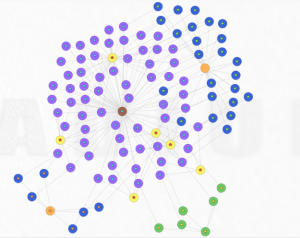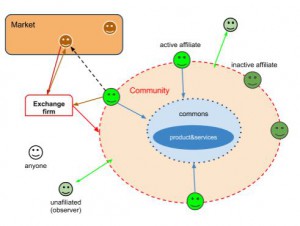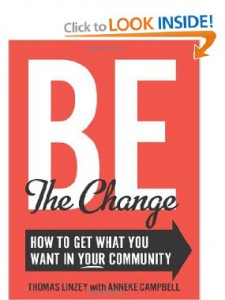
Powerful and effective heuristics are the only way to quickly communicate the complex understandings required to save humanity, because they facilitate quick feedback. They break through information logjams. They reduce information overload. The various elite powers on the planet use heuristics in the form of propaganda to mislead the people and drive them like cattle toward a predetermined objective. But they have a great advantage over us. It's easier to confuse than enlighten. It's easier to destroy than to build. It's easier to get people to misunderstand complexity than to get them to understand it.
So unless we become clever at heuristics, we are outnumbered and outgunned. And we need to be cognizant of any model that can help us dilate the conduits of feedback to the point where our big picture understandings can spread like lightening to the general public. There are many ways to do this, mostly by commandeering well-understood terms and putting them to new uses.
While I was watching the Boston Marathon bombing coverage I heard them talk about victims who were at one point in critical condition but who had been reevaluated to serious condition. And it made me want to look up the precise definitions of these terms. That's when I saw that they could have usefulness describing all kinds of complex social dynamics. After all, that's what systems theory is all about. The five terms are: undetermined, good, fair, serious, and critical. You can find definitions here at wikipedia:
http://en.wikipedia.org/wiki/
Briefly, they are: waiting assessment; stable within normal limits; indicators are favorable; indicators are questionable; and indicators are unfavorable. These concepts can be applied at every level and context of social dynamics because they are terms that describe systems. And as Donella H. Meadows stressed, the whole point of systems theory is to cut through all the jargon of the multiplicity of specialties. The point is to make things as simple as possible without making them too simple. Simplify but don't oversimplify.
Continue reading “Theophillis Goodyear: Complex Systems Dynamics, Hueristics, & Poetry”

